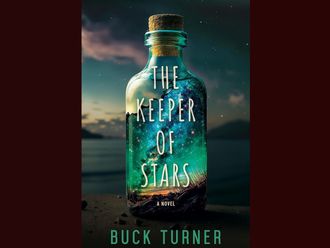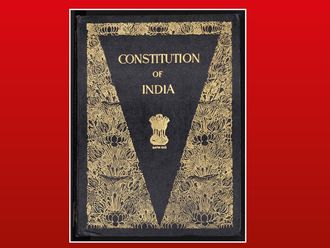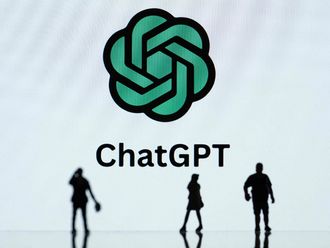Hiroshima, Nagasaki: 70 years on... The bombing of Hiroshima, code-named Operation Centerboard, was approved by Curtis LeMay on August 4, 1945. On August 6, 70 years ago, an American B-29 bomber dropped the world’s first deployed atomic bomb over the southern Japanese city of Hiroshima, wiping out most of the city and killing around 80,000 people. Tens of thousands later died of radiation exposure. Three days later, a second B-29 dropped another atomic bomb on Nagasaki. Around 40,000 people were killed. On the same day US bomber Enola Gay deployed the nuclear bomb ‘Little Boy’ above central Hiroshima. According to atomicheritage.org, the 9,000-pound uranium-235 bomb carried 15,000 tons of Trinitrotoluene (TNT) equivalent. Little Boy took 43 seconds to fall from the aircraft that was flying at 31,060ft. Due to crosswind, the bomb missed the aiming point by approximately 800ft. One minute later it detonated and exploded 2,000 feet directly over Shima Surgical Clinic. nearly 80,000 people, were killed instantaneously and a similar number were injured. 70 years later, social media pays tribute to the war victims and discuss the need to get rid of nuclear weapons.
The only film footage of the explosion was taken from the Enola Gay, the US plane that dropped the bomb. @Bretwinograd: “As the 70th anniversary of #Hiroshima approaches, we should acknowledge the event for what it was: an horrific war crime.”
The book ‘Medical Effects of Atomic Bombs’ noted that many Hiroshima victims seem to have been school children who were engaged in patriotic work parties throughout the city, eithe in factories or engaged in clearing fireberaks in the mostly wooden city. @SputnikInt: “#Nuclear bombing of #Hiroshima, #Nagasaki was unjustified – US experts.”
@masspeaceaction: “70 years: Never Again! #Hiroshima and #Nagasaki week in Mass.”
@MinesActionCan: “70 years is enough. Ban nuclear weapons now!”
@bojacobs: “This Day in #Nuclear History: 1000s of children work crews located around #Hiroshima. Map shows where 1000s would die.”
Thousand Origami Cranes or Senbazuru is a collection of one thousand origami paper cranes connected by strings. According to an ancient Japanese legend, anyone who folds a thousand origami cranes will be granted a wish by a crane, which is considered a mystical creature in Japan. The thousand origami cranes were popularized by Sadako Sasaki, a Japanese girl who was 24 months old when she was exposed to radiation from the atomic bombing of Hiroshima during World War II. Sasaki soon developed leukemia. At the age 12 after spending a significant amount of time in a nursing home, began making origami cranes with the goal of making one thousand, inspired by the senbazuru legend. According to the book Sadako and the Thousand Paper Cranes, she folded only 644 before she became too weak to fold anymore, and died on 25 of October 1955. The paper cranes have since, become symbols of hope for peace.
@evieold: “This is our cry. This is our prayer. For building peace in this world.”
@UKUnit75: “Placing our cranes at the Children’s memorial @ukcontingent #Hiroshima #japan2015”
Compiled by Evangeline Elsa/ Community Solutions Editor











